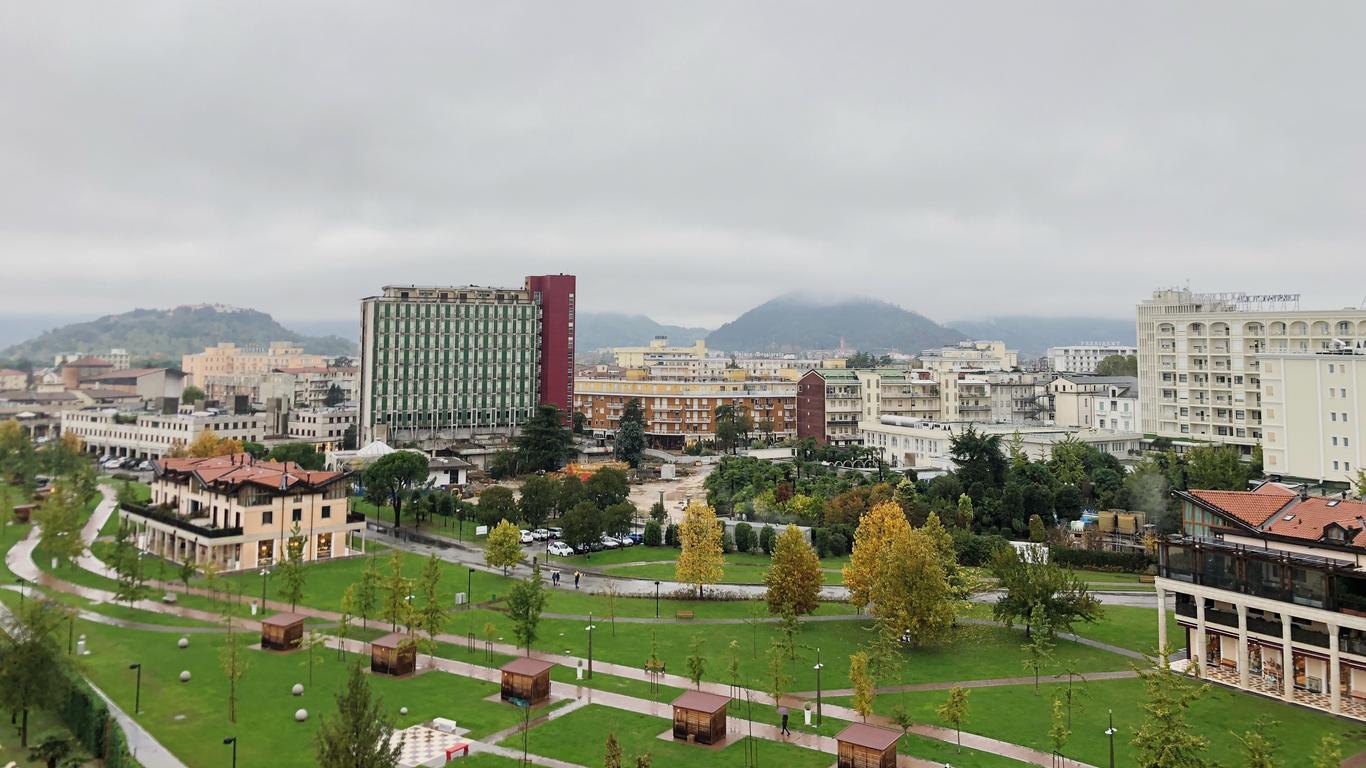Sprawling between the Dolomite Mountains and the Adriatic Sea, Veneto is one of Italy’s most-visited regions. Until the 5th century, it formed part of the Roman Empire and was later ruled by the Republic of Venice, one of the world’s richest maritime trade empires. While the beguiling city of Venice is Veneto’s capital, Verona is its largest settlement.
Things to do in Veneto
Whether you want to ride a gondola through Venice or discover one of the world’s greatest love stories in Verona, Veneto is sure to enchant you.
Explore the canals of Venice. Built across 118 islands, Venice is a captivating city where canal boats are the main mode of transportation. Marvel at the Renaissance and Gothic palaces that line the Grand Canal and get lost in the labyrinth of laneways linked by more than 400 bridges. In the heart of Venice is bustling Piazza San Marco, which is watched over by the Campanile and the richly decorated facade of St. Mark’s Basilica.
Follow in Romeo and Juliet’s footsteps in Verona. Centred around a medieval old town, picturesque Verona provided the setting for Shakespeare’s famed love story “Romeo and Juliet”. Gaze up at the tiny balcony of Juliet’s 14th-century house and walk down the street where Romeo killed Tybalt. Verona is also renowned for its 1st-century Roman amphitheatre where concerts and operas are staged during the summer months.
Sightsee in Padua. Overlooking the Bacchiglione River, Padua is a lively university city renowned for its arcaded streets. It’s home to a UNESCO-listed botanical garden (the world’s oldest) and the Scrovegni Chapel, which is decorated with frescoes by Giotto. Be awed by the Byzantine-style domes of the Basilica of St. Anthony, a 13th-century masterpiece that houses artwork by Girolamo Campagna and Stefano da Ferrara.
Getting around Veneto
Venice Marco Polo Airport is the main aviation gateway to Veneto and has flights to destinations across the globe. Trains connect to major towns and cities across the region while buses serve smaller towns and villages. Ferries are available for exploring the islands of the Venetian Lagoon.





